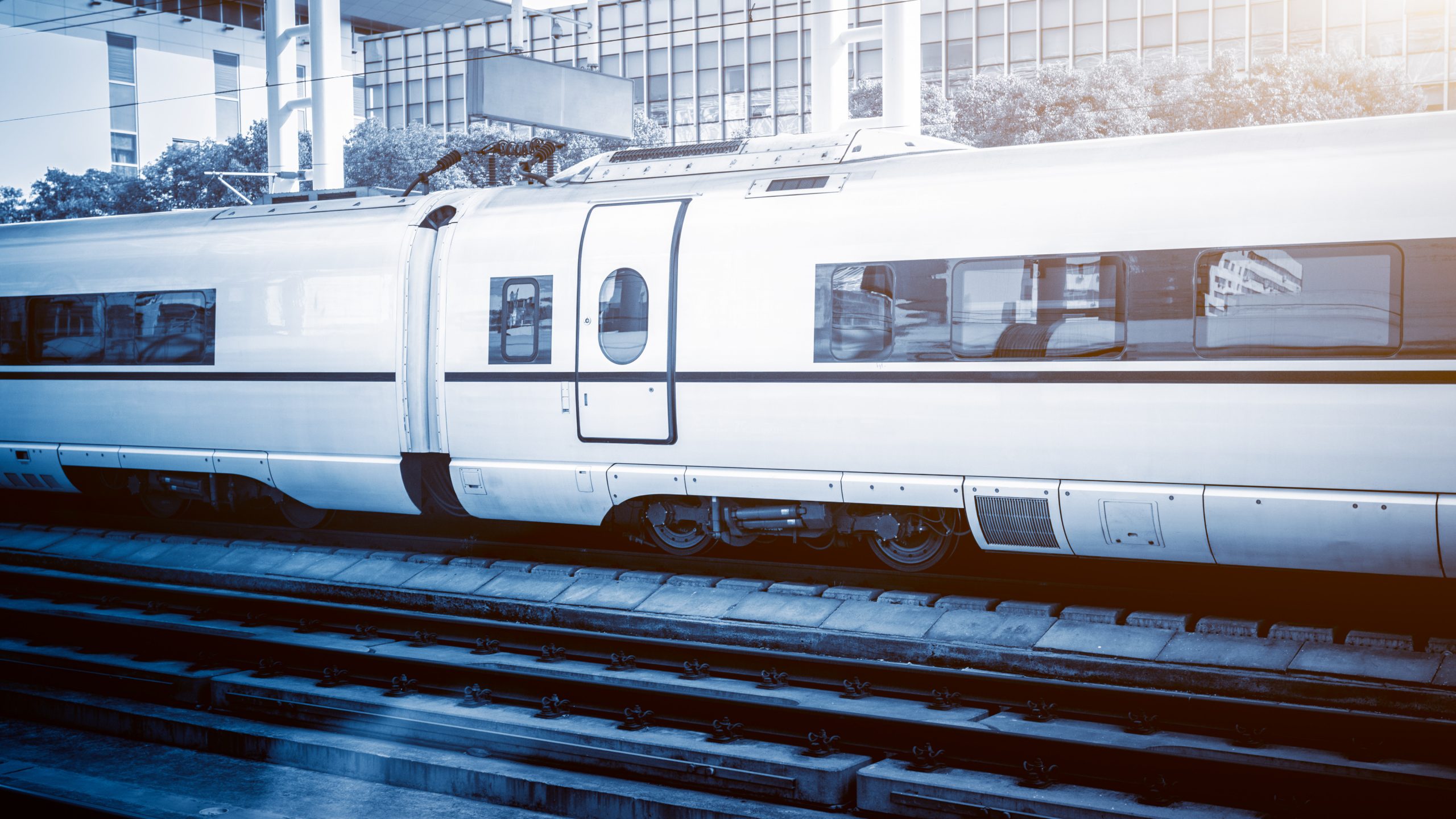
Sensors play a key role in modern technological systems, providing data collection and transmission for monitoring, control and automation of processes. These devices are widely used in various industries, including industry, medicine, automotive and aerospace, building automation and smart homes. ORION offers a wide range of sensors that meet high requirements for accuracy, reliability and durability, providing its customers with access to advanced technologies to solve the most complex problems.
The role of sensors in modern systems
The main purpose of sensors is to convert physical quantities (such as temperature, pressure, vibration, illumination, speed, etc.) into electrical signals that can be used to monitor and control systems. Depending on the area of application, sensors can perform different functions: from collecting information for real-time decision-making to ensuring the safety of equipment and people.
Sensors are a vital element for process automation. Their use allows enterprises to work more efficiently, accurately monitor equipment operating parameters and ensure the safety of personnel. With the development of technology, sensors have become an integral part of the Internet of Things (IoT), smart homes and the Industrial Internet of Things (IIoT).
Classification of sensors by the type of measured value
Modern sensors can be classified by the type of physical quantities they measure:
Temperature sensors
Used in heating, ventilation and air conditioning systems, as well as in industrial processes to monitor the temperature of materials or equipment.
Examples: resistance thermometers (RTD), thermocouples, infrared temperature sensors.
Pressure sensors
Used in gas or liquid pressure monitoring systems, such as hydraulic or pneumatic systems, as well as in vehicles and medical equipment.
Examples: piezoresistive, capacitive and piezoelectric pressure sensors.
Level sensors
Designed to measure the level of liquids and bulk materials in tanks, storage facilities and pipelines.
Examples: ultrasonic, radar and capacitive level sensors.
Vibration sensors
Used to monitor the condition of equipment and prevent malfunctions through early detection of abnormal vibrations.
Examples: piezoelectric accelerometers, vibration velocity sensors.
Distance and displacement sensors
Widely used in robotics, automotive engineering and security systems to determine the position of objects and control their movement.
Examples: ultrasonic, laser, infrared and capacitive distance sensors.
Optical sensors
Used to measure illumination, recognize objects and control product quality on production lines.
Examples: photodiodes, phototransistors, light sensors, optocouplers.
Trends in sensor development
With the development of digital technologies, sensors are becoming increasingly “smart” and multitasking. Among the key trends influencing their development are the following:
Miniaturization
Sensors are becoming increasingly compact, which allows them to be integrated into small-sized devices such as wearable gadgets, medical devices and automotive systems.
Integration with artificial intelligence
The implementation of machine learning and artificial intelligence algorithms allows processing data from sensors in real time, which increases the accuracy and speed of decision-making.
Increasing accuracy and reliability
Modern sensors are highly accurate and resistant to external influences, such as vibration, temperature or humidity, which makes them reliable even in extreme conditions.
Interfaces for integration into IoT systems
More and more sensors are equipped with interfaces for connecting to the Internet or local networks, which allows them to be integrated into Internet of Things (IoT) systems and controlled remotely.
Application of sensors in various industries
Industrial automation
In industry, sensors are used to monitor production process parameters such as temperature, pressure, humidity and vibration. Thanks to their use, it is possible to increase productivity, reduce equipment maintenance costs and improve safety in production.
Automotive industry
In the automotive industry, sensors play a key role in ensuring the safety and comfort of the driver and passengers. They are used to monitor tire pressure, detect whether a vehicle is occupied, and control braking and stability control systems.
Medicine
In medical devices, sensors are used to measure a patient’s vital parameters, such as body temperature, heart rate, blood oxygen levels, and blood pressure. They also play an important role in diagnosing and monitoring health conditions.
Smart Home Systems
In smart homes, sensors are used to